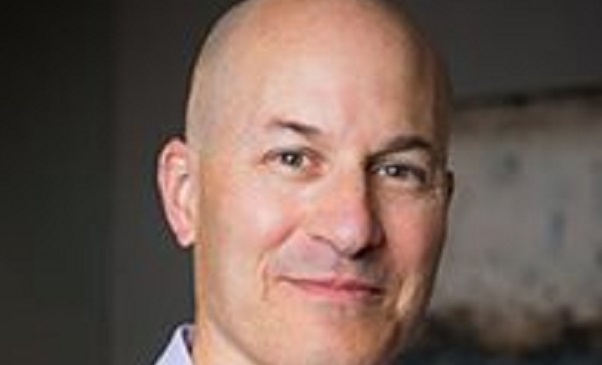GUILFORD, CT—Total capital investment into existing properties on college campuses reached nearly $5 per gross square foot in 2017. This caps a steady climb that began in 2011 and is the highest figure recorded since 2007, according to Sightlines's sixth annual “State of Facilities in Higher Education” report.
“Capital investment in existing properties has finally returned to — and even eclipsed — pre-recession levels,” said Mark Schiff, President, Sightlines. “In addition, a larger share of this funding is coming from recurring capital sources, as annual stewardship funds have increased by more than 50% from 2007 to 2017. These funds represent a long-term commitment to addressing building renovation needs. Still, the positive trends in capital investment levels and mix of funding are not keeping pace with growing project lists.”
Investment Drivers
Shortfalls in capital funding, aging facilities infrastructure, and increased program pressure to modernize functionally obsolete facilities are all driving a substantial need to renovate campus buildings. These needs, combined with declining enrollments, balance sheets bloated with long-term debt and reductions in state appropriations are going to require institutions to make difficult decisions on where to appropriate scarce renovation funds.
Recommended For You
Institutions can help manage this situation by tying program value with building needs together when deciding whether to renovate a building. For example, if a building is deemed programmatically valuable and will support the long-term objective of the institution, a renovation may be warranted. On the other hand, if a building has a large amount of deferred maintenance, but isn't deemed programmatically valuable, it may be a candidate to transition off the institution's physical plant portfolio, Schiff tells GlobeSt.com.
Is It Worth It?
An increasingly competitive educational landscape is causing institutions to double down on the construction of new facilities despite declining enrollment. This strategy may pay off for research institutions, as they have seen a 14% increase in space and a 16% increase in enrollment since 2007. However it could backfire for masters institutions–which have experienced a 17% increase in space and a 4.5% increase in enrollment since 2007–leaving them with oversized campus footprints and declining tuition revenues.
Research also shows that a campus with aging buildings does not necessarily correlate to lower enrollments or less capital dollars.
“Just because a building is old doesn't mean it's bad. In fact, we work with many campuses that have many very old facilities that help attract and retain students. Often, these “legacy buildings” support the character and “charm” that an institution offers and can help diversify the experience users receive,” says Schiff. The issue that arises is when these aging facilities haven't been maintained over the course of many decades–both in terms of core infrastructure repairs and program modernization, he continues. “When this happens, these facilities may negatively impact user experience, customer satisfaction, and program offerings. It is at this point where aging buildings may indirectly impact enrollment trends over time.”
Funding Can't Keep Up
Despite positive capital investment trends, funding is simply unable to keep pace with the ever growing list of project needs. Backlogs continue to grow and significantly impact campus operations as well as the overall experience of students, faculty, staff and guests.
“As we enter into a new year, state appropriations for public schools as well as government research grants may help in some cases,” Schiff says. “However, these resources have been decreasing across most of the country and are typically earmarked for very specific initiatives and/or projects.”
This year, he advises, institutional leaders should take steps towards creating campus alignment around facilities investments. Three key areas should be considered, he says:
- address any catastrophic risk potential,
- decide what you won't spend money on
- allocate funds to facilities that support long-term institutional objectives.
© Touchpoint Markets, All Rights Reserved. Request academic re-use from www.copyright.com. All other uses, submit a request to [email protected]. For more inforrmation visit Asset & Logo Licensing.







